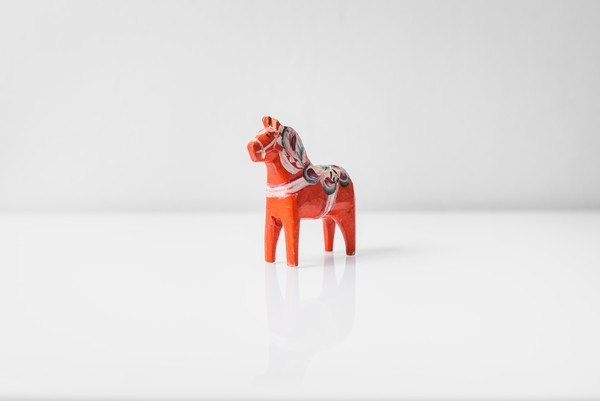Lucky charms of the world

DESPITE LUCK'S enigmatic and uncontrollable nature, people continually strive to attain luck’s blessings. From minor inconveniences to more significant setbacks, each individual has encountered days ruined by bad luck and knows the distressing impact of unfortunate events. As the innate human desire for good fortune is applicable all around the globe, mankind developed a tendency to utilize auspicious symbols to bring luck and blessings to themselves.
The Thai elephant
The people of Thailand love and worship elephants because of their location and history. The Indo-China Peninsula is a tropical region with a large elephant population. Elephants were used widely in agriculture and transportation and were regarded as lucky animals—white elephants in particular. White elephants represent power, auspiciousness, wealth, and wisdom. They also illustrate the prosperity of the nation and the harmony of the people. Additionally, in Thailand, white elephants are considered the most sacred of all living things and symbolize the innate authority of the Thai royal family. The dynasties of Thailand have a long history of raising imperial elephants. Rulers of Thailand used elephants during wars and launched regular expeditions in search of white elephants. In the latter period of the Ayutthaya Kingdom, white elephants were pronounced to be royal property and anyone who found one was required to surrender it to the monarch. White elephants also hold religious significance in Thailand. The majority of the Thai population are believers in Buddhism and, according to the religion, Buddha Shakyamuni was born after his mother had a dream of a white elephant offering her lotus flowers. As a result, white elephants are believed to symbolize fertility. This “elephant culture” is very important to the Thai people and remains a crucial part of totemic belief culture to this day. By being the crucial source of force in agricultural labor, elephants still have a great influence on the daily lives of Thai people. Even today, elephant handicraft items are thought to bring luck and are often chosen as imperial gifts[1].
The Korean bok ju meo ni
Bok ju meo ni, which means “luck pocket” in Korean, are traditional pockets that are believed to bring luck. As there were no pockets in traditional hanbok, people needed a pocket to hold their belongings. Therefore, Koreans made a separate pocket and wore it around their waist or carried it by hand. As bok ju meo ni were often used during New Year or Lunar New Year, women made them annually to celebrate the upcoming year since ancient times. They also have a symbolic meaning of wishing for all the best in the upcoming year. Bok ju meo ni are made of colored silk or cotton and are embroidered with Chinese characters—such as longevity, luck, wealth, and preciousness—to indicate auspiciousness. They were used by men and women of all ages but designs varied depending on who wore it. For example, the du ru ju meo ni, which were mostly used by women, are round and become voluminous in shape when the entrance is tightened. In contrast, gwi ju meo ni, which were mostly used by men, are square-shaped with triangular ears attached to both corners of the underside. The tradition involving bok ju meo ni was derived from the monarchs of the Joseon Dynasty giving out a bag of roasted beans wrapped in red paper to their relatives. They believed that if the bags were worn on the first day of the new year, ghosts would be repelled and well-being would be guaranteed. Thus, each family started to put grains such as rice, sesame, millet, and red beans in a finely made bok ju meo ni and attach them to the children's clothes or waist[2].
The Swedish Dala horse

Horses have always served as important assets in agricultural societies. They were treated as valuable property since they could convey people and be utilized in farming. For Swedish people, the Dala horse—a little horse carved with wood and mostly painted in red—is an important symbol of luck. It is known to have originated from carvings that men working in the woods made. The Dala horse was initially a children’s toy and is named after the Dalarna region in Sweden where it was first made and sold. It became famous internationally in 1939 when it was presented at the New York World’s Fair[3]. Today, it has become a worldwide symbol of fortune to which countless people wish their luck upon.
* * *
From white elephants to Dala horses, lucky charms have always held a special role in people's hearts throughout the history of mankind. Every lucky charm is unique and has a special meaning that originates from its own culture and is appreciated by people from all over the world. They represent the longing for auspiciousness, protection, and fortune. The charms act as a source of support and confidence that people can cling to in the adversities of life, even if it turns out that they do not have the enticing fortuitous power that people hope they do.
[1] The Study of Thai Elephant Culture Based on the “Elephant Metaphors” in Thai Idioms
[2] Medical Report
[3] The Swedish Wooden Horse Co.

